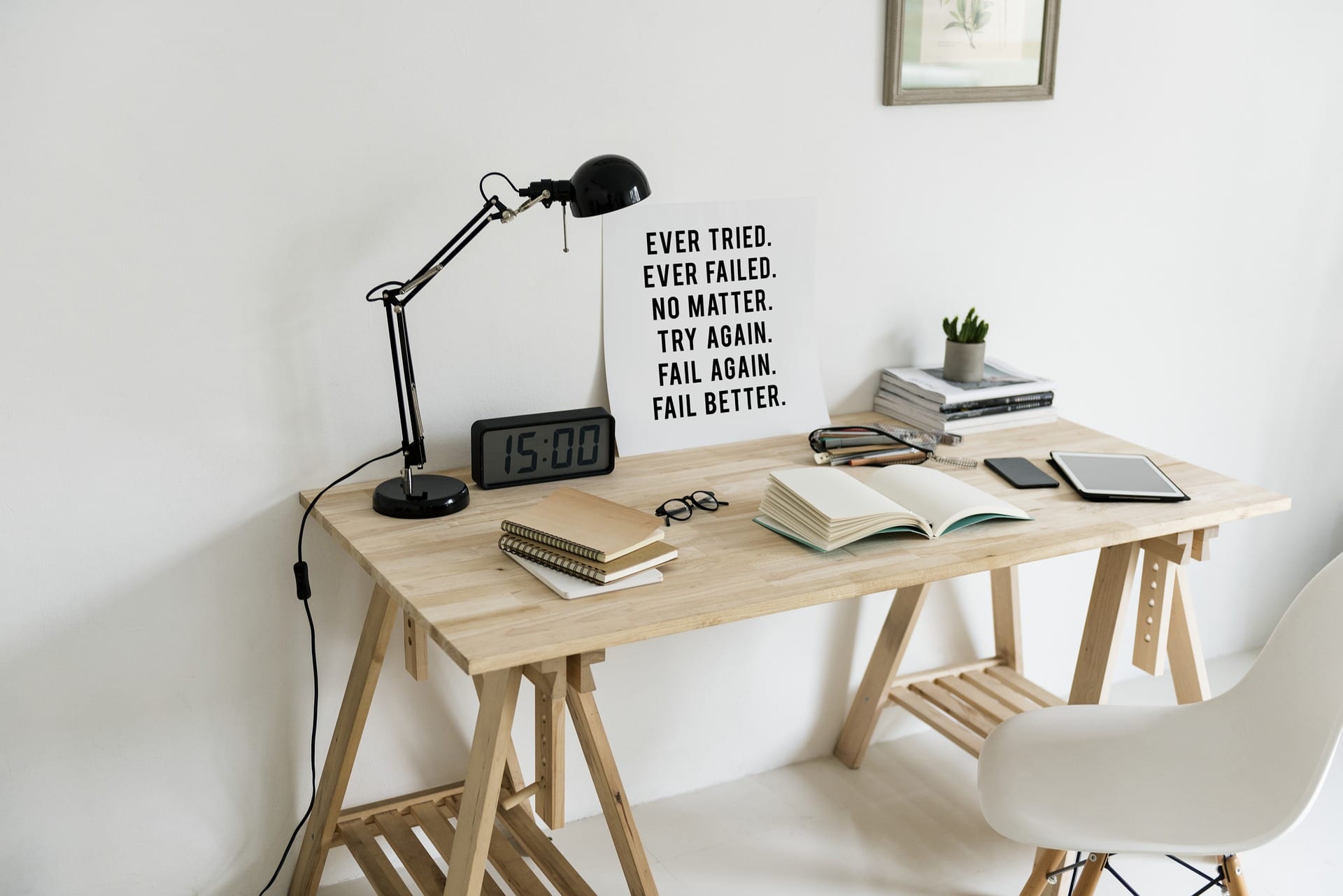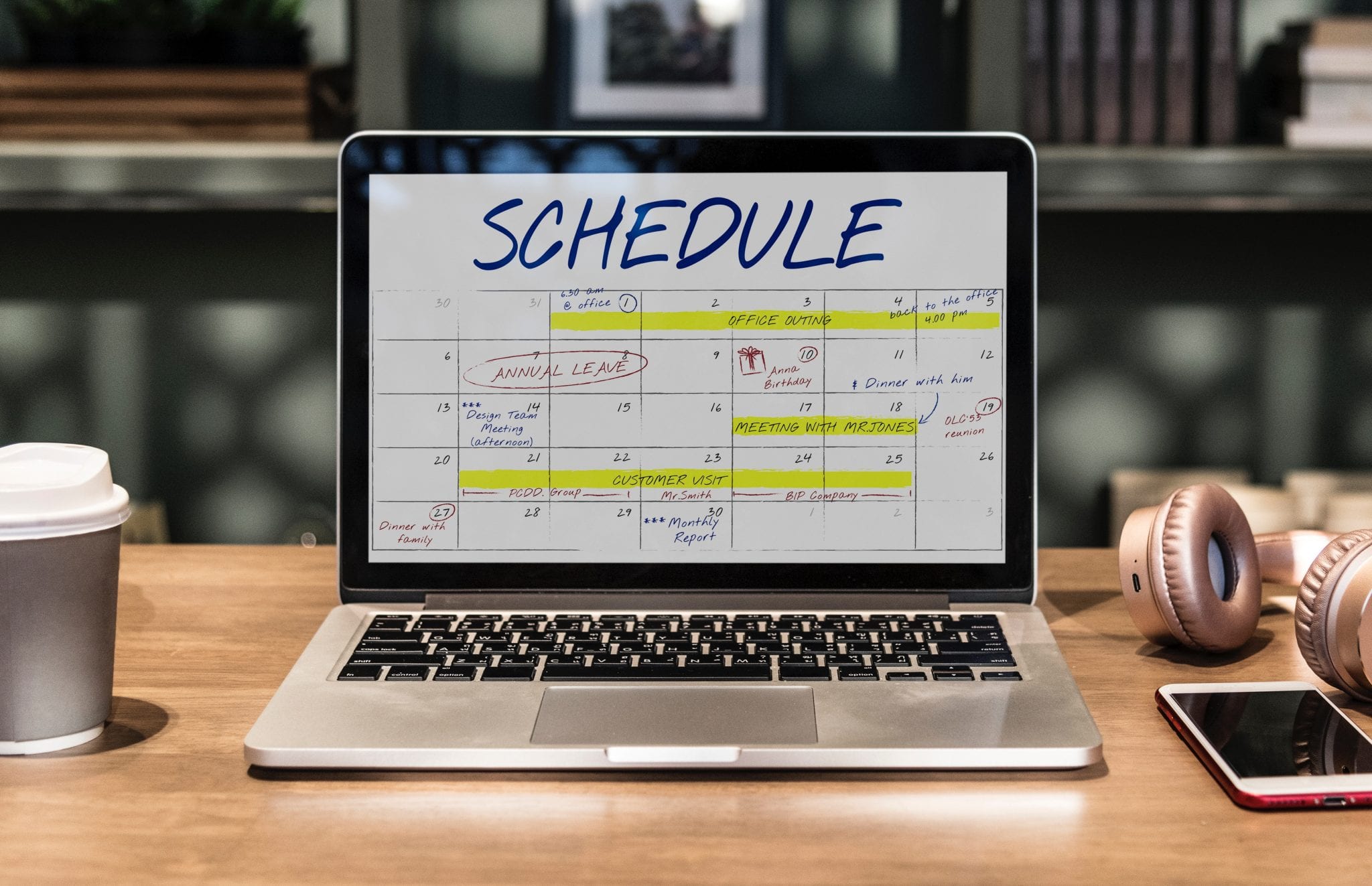
Any team is comprised of people with different personality types — and this is what you want. If you are the founder or CEO of your company, you’ll want to take an analytical approach to your team — by putting the right combination of people together. Because some differences are more subtle than others, using a personality test can be a great way to figure out which groups click the best. Here are four Myers-Briggs personality combos that make great teams.
One of the more popular personality tests out there is the Myers-Briggs Type Indicator, which determines personalities across four axes:
- Extroversion (E) vs. Introversion (I)
- Sensing (S) vs. Intuition (N)
- Thinking (T) vs. Feeling (F)
- Judging (J) vs. Perceiving (P)
There will continue to be growth in the area of personalities. When you’re trying to run a business, it may feel like personality traits merely get in the way. But each side of the Myers-Briggs traits comes with strengths and weaknesses, and combining them for peak productivity is not as simple as putting similar personalities together. Take a look at these winning combinations to see how they can bring the best out of one another:
The Mediator (INFP) and The Commander (ENTJ).
Mediators and Commanders have a lot to offer any workforce. Mediators have a creative personality and express themselves best through writing as opposed to speaking. A Mediator is typically harder to please, and they prefer to either work with the best or just work alone. The Mediator personality type might seem suited to solo work — but the personality is great to pair with the Commander.
Even though one is an introvert and the other is an extrovert, this yin and yang duo can work well together if they accept one another’s differences and focus more on their similarities. Both the Mediator and the Commander have a common trait, and common ground — they both have intuitiveness (N). They both enjoy thinking about the possibilities that the future holds. Commanders can help Mediators become more organized, encouraging them to plan and communicate effectively in a work environment. Mediators can trim off the impulsive-brashness of the Commander.
In this team pairing — have the Commander initiate the plan of action. The Mediator may be tempted to wait for instructions. The Commander may also appreciate the challenge of helping the Mediator become more assertive. You will want to speak to this combo together and speak frankly about how you want them to operate together, and then let them take the process of working together, forward from there.
The INFJ (the Advocate) and the ENFP (the Champion).
You might be excited to have an outgoing and ambitious team member such as the Champion, but this personality type can be tough to work with.
Although the Champion has strong people skills, this person tends to rely on approval from others to feel accepted. The Champion tends to get stressed out if things aren’t going their way. The Champion dreams and has huge plans, which they can make work if they have a cheerleader behind them. Nothing squashes the productivity of your Champion faster than being unsupported. The Champion does not take directions from others well. With those challenges in mind, it might be best to find your Champion an Advocate.
The Advocate derives energy from within; they are humble, and always there to offer support to those who need this type of support. Without even realizing it, Advocates often think about the feelings of others before themselves.
When you put the Champion and the Advocate together, they tend to balance each other out. Give this pair of team members projects that require attention to detail. The Champion can put together the plan of action, while the Advocate can make sure nothing slips through the cracks.
The ESFJ (the Caregiver) and the ESTJ (the Director).
The combination of the Caregiver and the Director is one that has two extroverts. The dynamic duo makes a lot of sense for sales teams. Both the Caregiver and the Director types get energy from interacting with others, and both are suited to a fast-paced work environment.
Directors do well in an office environment and hold on to a sense of tradition. Getting up to go to work isn’t a chore for them; it’s part of their identity. The Director gives much thought to their decision-making. They are hard-working, and they have excellent leadership skills. Introverted people might take the Director for being a little bit harsh and demanding, which makes them a good match for other extroverts, such as Caregivers.
Caregivers love to interact with people and won’t feel like they’re getting pushed around by Directors. While the Caregiver and Director both enjoy structure and organization, Caregivers will typically have higher emotional intelligence, so they will be able to spot emotional problems and regulate their own emotions in ways that Directors will not. When the Caregiver controls their emotions, it gives support to the Director which allows them to function better.
Learning about emotional regulation and why it matters, Dr. Amelia Aldao, Psychology Today suggests ways that people can up-regulate or down-regulate their emotions to get a benefit.
While some personality types might try to hide problems that are going on at work, both the Director and the Caregiver would rather face challenges head-on. Trust these two team members to speak up if something isn’t working right in your business or organization.
INTP (the Thinker) and INTJ (the Architect).
If you need strategic thinkers, the duo of the Thinker and the Architect are a great pick. These two personality types are introverts. The Thinker will think outside the box, while still relying on the facts to come up with their hypothesis. The Thinker tends to do better with team members who don’t need a lot of attention, and who share similar interests. While the Thinker might not have the best people skills, and won’t talk much — they’ll get right to the point without beating around the bush when something has to be said. The Thinker also dives directly into projects without delay.
What’s the Architect’s role? The Architect team member is the person who can challenge any point and help you see all angles of any situation. You should listen to what they object to because they likely see something that other team members cannot. The Architect is great at implementing the Thinker’s ideas. Both of these individuals are intuitive — and what they can always flesh out is the stakeholders’ motivations. Put the Thinker and the Architect types in a quiet and creative environment, and let their minds run free. Assign the Thinker and the Architect tasks that require a little more abstract thinking.
It’s tempting to focus on personality differences when you are working on a team. But keep in mind that diverse types can work well together. Personality typing should serve to help you create great conversations and projects. Using personality typing doesn’t need to drive a wedge between people of different types. Take a moment on your team and sleuth-out the differing personality types. Pair them well — and reap the rewards.









